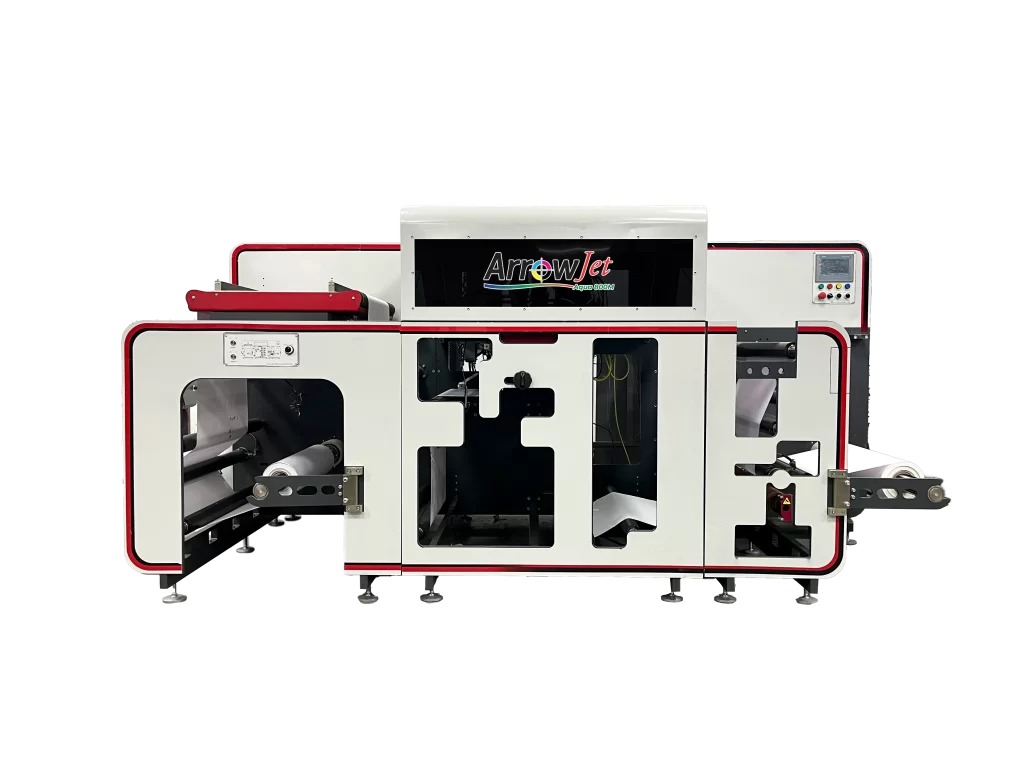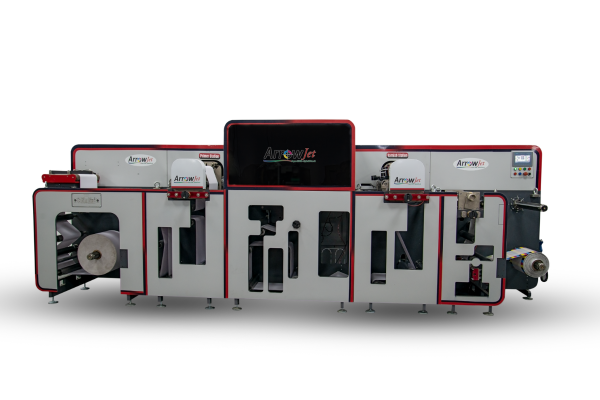Warehouse Labeling: What’s the Right Way to do it?
The Warehouse Environment
In light of increased e-commerce, the environment and organization of your warehouse is growing more important as the world continues to move. Warehouse labeling systems help your business to navigate and maintain order of the warehouse, and helps warehouse employees track inventory and understand where each product is located.

How Labeling Impacts Your Warehouse Environment
When it comes to the logistics of your labeling, the labels in your supply chain gives your warehouse a standardized system that staff can utilize as a reference point when organizing or taking inventory. Once the system is in place, you can begin implementing an automation system that allows you to keep track of your inventory in real time. It allows your company to keep accurate stock information so you have fewer surpluses or shortages.
There’s an added value with labeling in the form of more control; it’s one streamlining language the entire company can understand. It also offers more control over shipments, specific information on orders, and regulations.
Why is Labeling Important
The cost of implementing a label system will never surpass the labor cost of trying to find inventory in the warehouse. Safety in the warehouse provides warnings and other information needed to ensure a safe working environment.
It also allows your company to identify specific products efficiently and easily. This includes things like barcodes, smart RFID (Radio frequency identification), and customized labels.
The Most Common Types of Warehouse Labels:
Overhead Signage
Helpful in managing bulk storage facilities when combined with highly accurate, easy to read retro-reflective barcode.
Rack-Beam Labels (the most common warehouse label)
Made of materials that are durable and less prone to wear and tear like polypropylene for example, in a well-organized warehouse, these will be made with a barcode to employ inventory tracking and product identification which will streamline your supply chain. Your labels also need to be durable. Sometimes a protective covering is placed over your label, as they are typically used to identify bulk storage locations.
Tote/Bin Labels
It is commonplace for warehouses to utilize storage bins to keep the warehouse organized on top of all the other systems that are in place.
Labeling Practices that Lead to Success
Warehouse labeling practices have a bigger impact on the supply chain, then you may first assume. The supply chain is described as a sequence of different processes that are performed in production and distribution of different products. Loosely, it is the path your products take as it goes from the factory to your cabinets.
Your labels affect the supply chain from the beginning to the end in regards to warehousing. Inbound inventory and outbound inventory management is tracked and organized by these labels. They’re important to keeping your production less prone to simple or otherwise drastic mistakes.
It’s a necessity to keep your warehouse running smoothly, and staying up to date with the best label practices can help you do that. When it comes to your warehouse labels, organization is always key. Making sure your warehouse labels reflect your standards can help your business continue to thrive under even the most stressful of times.




